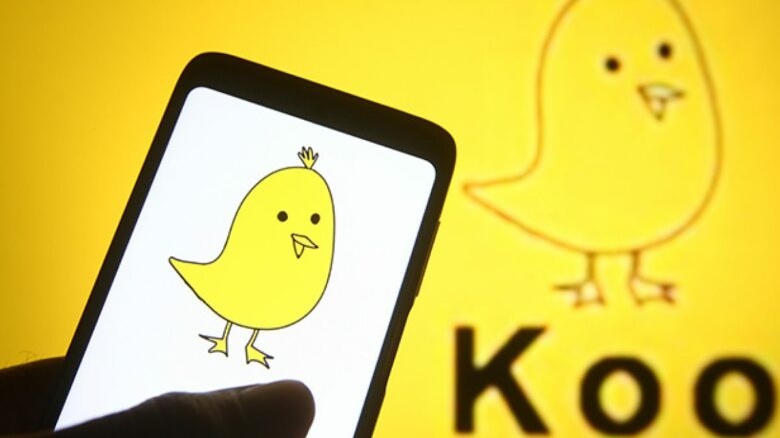Indian microblogging site Koo sets its sights on making social media safe and inclusive
Does so in multiple Indian languages

With greater power comes greater responsibilities. This quote from Spiderman's Parker's uncle Ben is quite timely given the launch of Spider-Man: No Way Home where the web-slinger is not only saving people but the box office too.
This powerful statement from the original 2002 release is equally relevant today and not just for Spiderman. The Internet is a prime example of such power, one that a vast majority of the people have access to, thanks primarily to the affordable 4G connectivity. Unfortunately, only a handful know how to utilize it properly.
And as this grows into a bigger challenge, given the growing influence of social media, companies seek ways to channel the energy in the right direction. We’ve seen examples of new-age social media applications putting in extra effort at digital hygiene and making sure that their platform remains the hub of healthy discussion.
Koo, India's answer to Twitter, is one such application that not only has a stronghold in the Hindi and English-speaking areas but due to its keen focus on other regional Indian languages, has a deeper penetration into the tier 2 and tier 3 cities as well.
- 1 in 3 Indians watch online videos, usually in Hindi
- Lawmakers panel miffed at the Facebook India team - this is why
- Major update to Twitter's privacy policy - digital rights activists unimpressed
In an exclusive interaction with TechRadar India, Aprameya Radhakrishna, Co-Founder & CEO of Koo mentioned that in order to make the platform a better, safe and inclusive platform the company is already working closely with the Central Institute for Indian Languages (CIIL) to develop a dictionary of words and expressions in Indian languages that are offensive, disrespectful or derogatory.
This database will be available for public access and the interface hosting this corpus will be created by Koo.
Need to sensitise users
Identifying the need for making users aware, Radhakrishna mentioned that Koo will create campaigns to sensitize users while urging and educating them to write better content.
Sign up for breaking news, reviews, opinion, top tech deals, and more.
Koo will refer to the corpus when a Koo containing abusive words is reported by users.
Aprameya Radhakrishna
He mentioned that while Koo already monitors usage of abusive content on the platform, however, this corpus will help monitor the usage of content at various levels of granularity, including keywords and phrases. It will also provide the platform with a more specific background and context for possible interventions.
According to Radhakrishna, this database will get updated based on how people use specific words or expressions with the idea of educating people and making them understand how to create content on such platforms. He also clarified that the company has the ability to intervene and would act against repeat offenders in a timely manner.
Readers would know that Koo has emerged as one of the largest platforms that focus on Indian languages – 10 of them including Hindi, Bengali, Assamese, Marathi, Tamil, Telugu, Gujarati, Punjabi, Kannada, and English. And though half of its user base prefers to communicate in Hindi, the platform offers equal opportunities to people speaking other languages as well.
“Koo is open to every individual who wants to express and share thoughts online in his/her mother tongue. As the platform offers more languages, it will enable more Indians to participate in the online discourse”, says Radhakrishna.
- Upcoming phone launches in India for December 2021
- Upcoming smartphones of 2022 - we're looking forward to these in India
Want to know about the latest happenings in tech? Follow TechRadar India on Twitter, Facebook and Instagram!

Jitendra has been working in the Internet Industry for the last 7 years now and has written about a wide range of topics including gadgets, smartphones, reviews, games, software, apps, deep tech, AI, and consumer electronics.